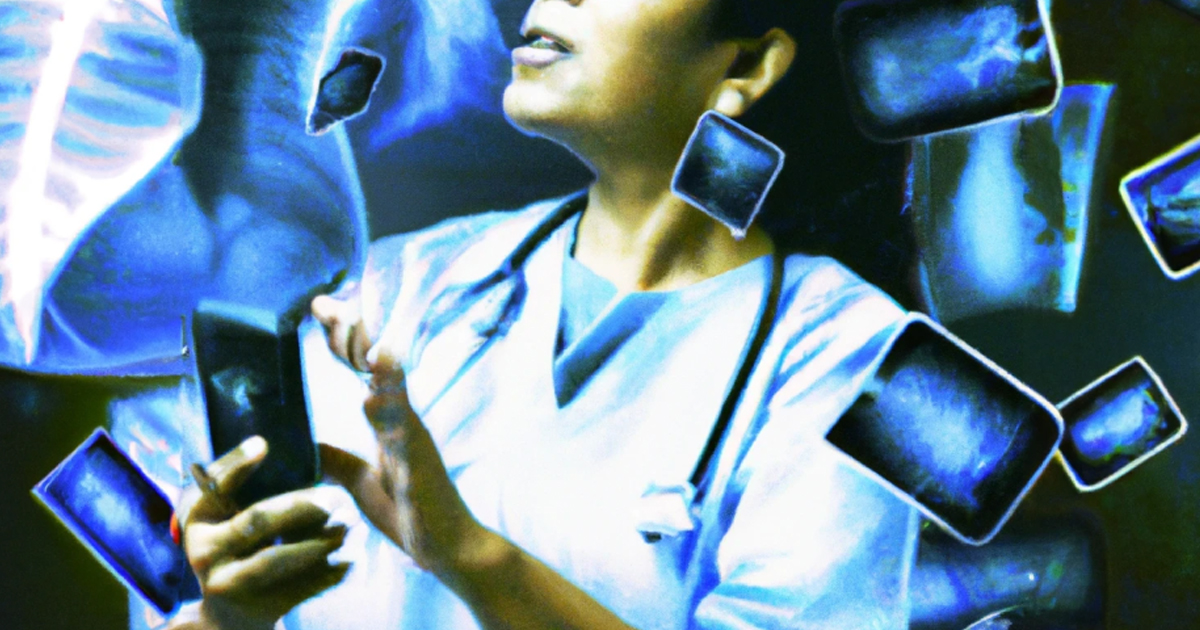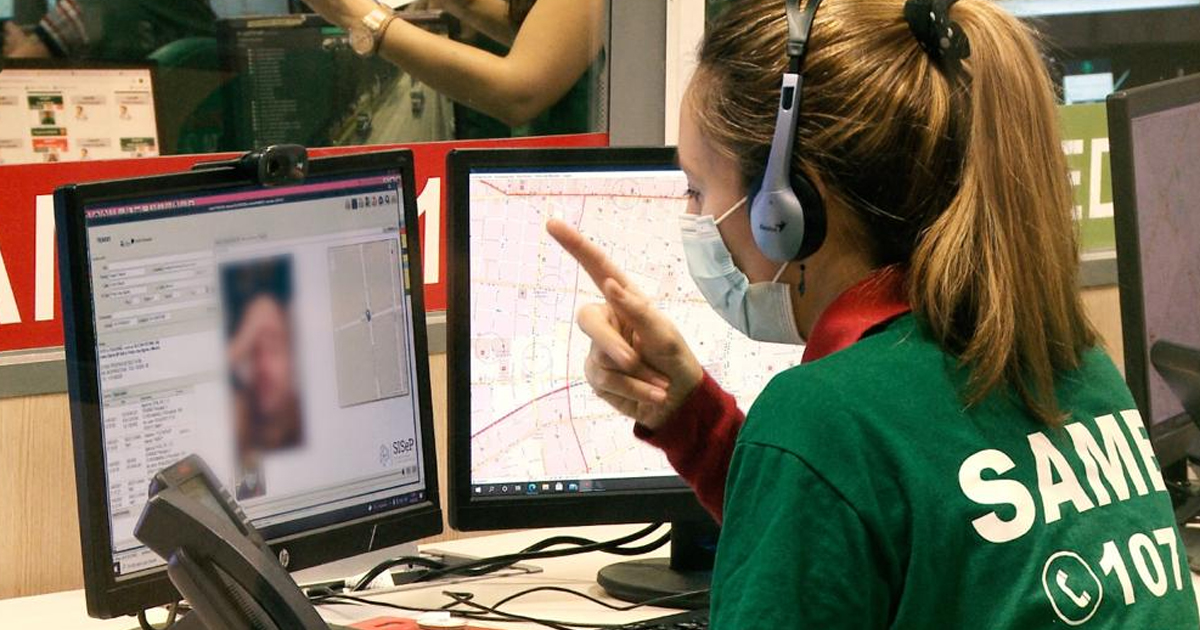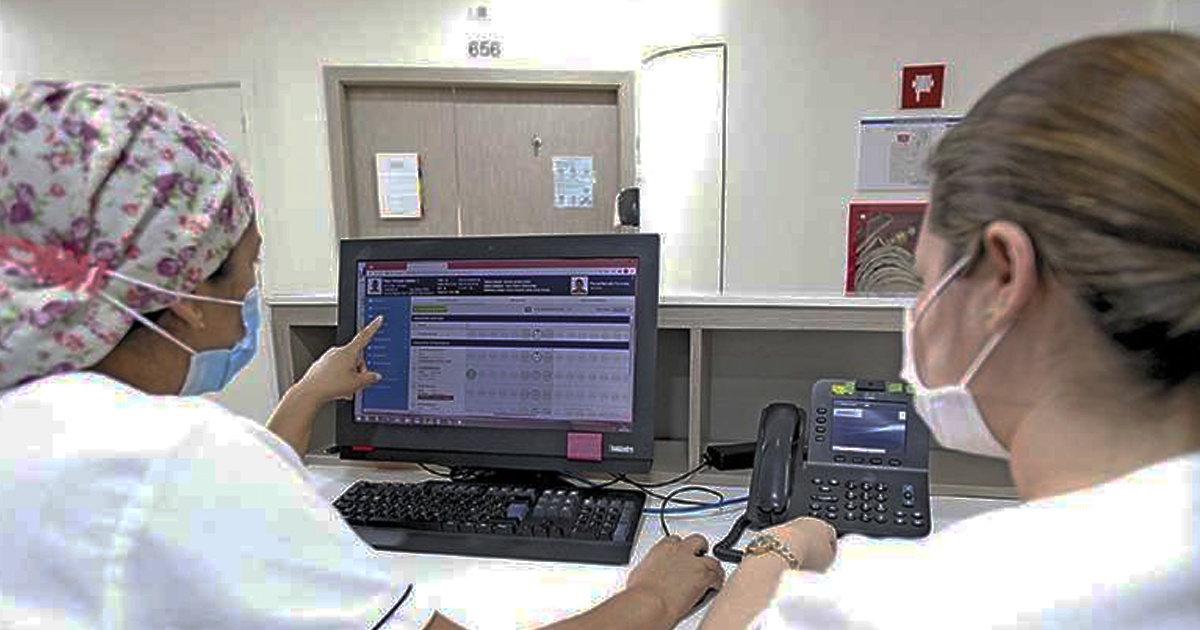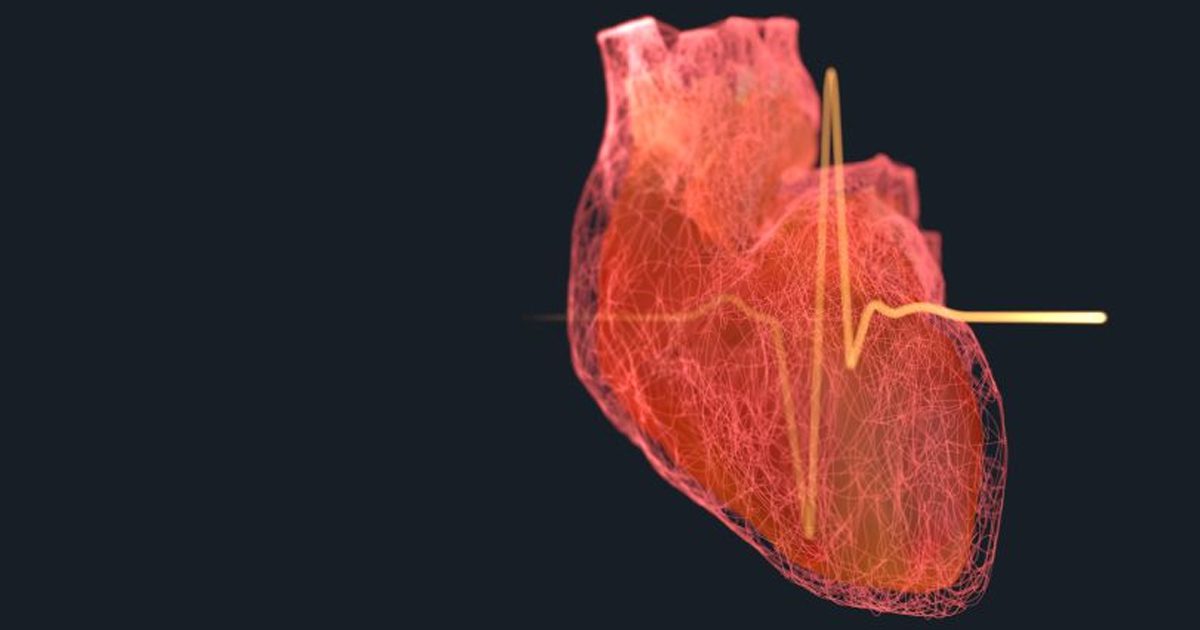The Inter-American Development Bank (IDB) in collaboration with the Tecnológico de Monterrey campus Guadalajara and the Government of Jalisco, created the fAIr Jalisco project.
On diabetic retinopathies, Enrique Cortes, director of tec de Monterrey's Artificial Intelligence Hub campus Guadalajara, explained: “In Mexico there are 8 to 10 million diabetics who could suffer from sequels and their eyes are some symptoms.” The fAIr Jalisco initiative joins the efforts of the IDB, the Government of Jalisco, Tec de Monterrey and C Minds to propose solutions to this public health problem.
The Ministry of Health of the Government of Jalisco chose the problem of diabetic retinopathy since people who come to suffer from it have no symptoms and may lose their sight. "There are few ophthalmologist doctors who specialize in diabetic retinopathy and there are many potentially sick people," Cortés explained.
The fAIr initiative aims to develop Artificial Intelligence technology based on deep learning. "We use Artificial Intelligence to make screening, that is, quickly find out if someone might have diabetic retinopathy and to what degree they have.”
The algorithm is trained through medical eye images and eye background studies, which will be categorized by ophthalmology specialists, to achieve accurate classification. “This is not a substitute for the doctor, it's a specialist's help to get things done faster, especially in small care clinics where there's no specialists.” The specialist explained that it is not a diagnostic tool but a classification and screening tool, which aims to get the most serious patients to be taken with specialists and therefore make a diagnosis for possible treatment.
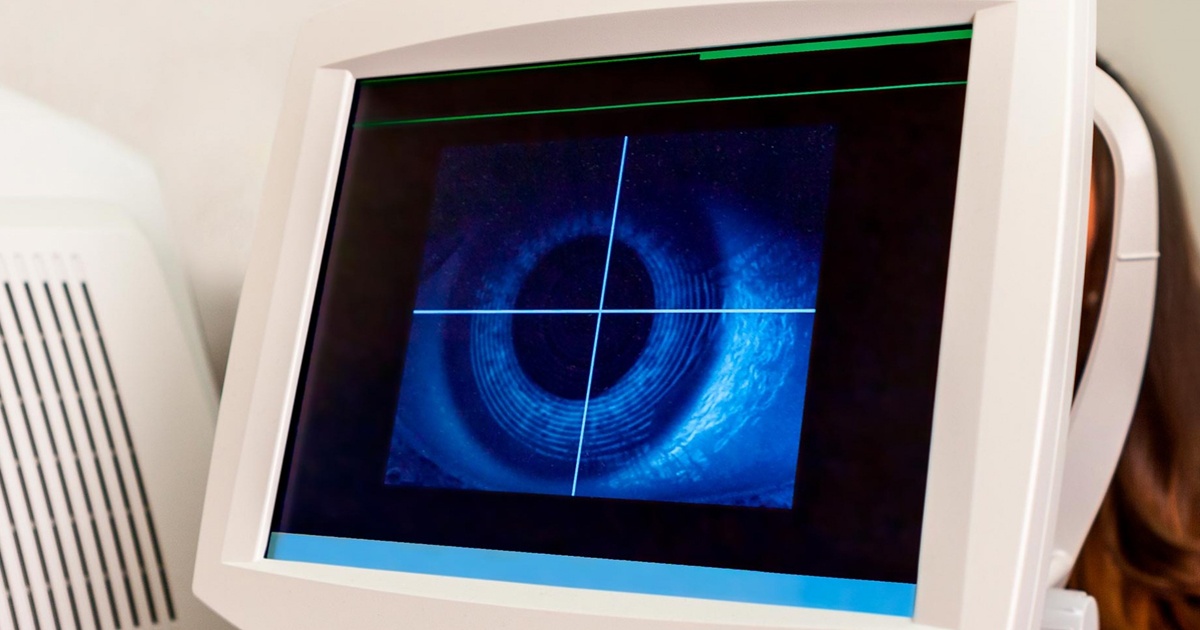
“Now what we have to do is express it in software and we are planning a field experiment at the Jalisco Ministry of Health,” he explained about the management that requires implementing such a system. “We have to give the Government of Jalisco a recipe for escalation and explain how they can perform this translation to the entire Jalisco Health system,” he added.
The project lasts for three years and will be funded by the IDB and Tecnológico de Monterrey.

